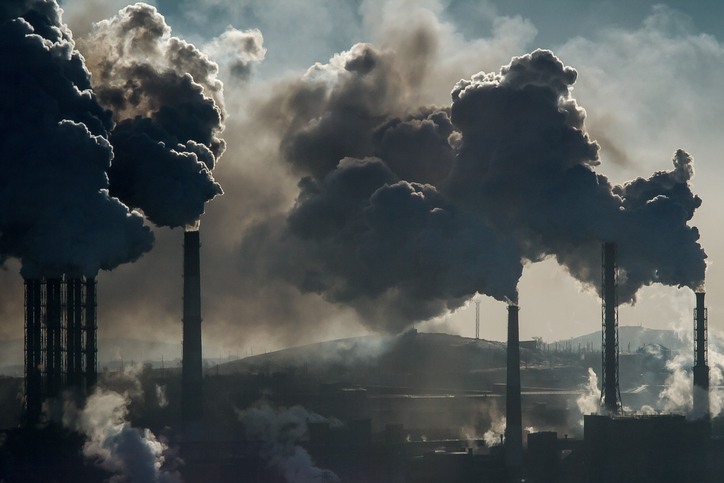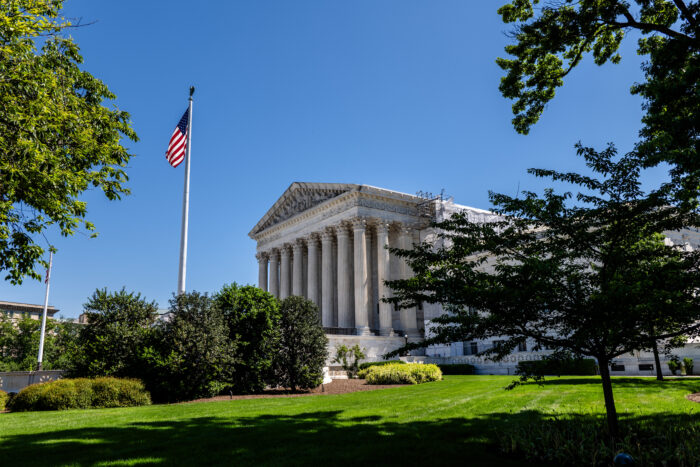Dr. Somesh Roy cultivates a deeper understanding of how soot forms, grows and spreads in the environment.
Turn up a thermostat, preheat a gas stove, start a car, and carbon atoms caught up in the resulting combustion clump together as soot. These particles are linked to cancer and heart and lung diseases and are a pollutant that ranks with methane among the most significant contributors to climate change.
Reducing soot is important, but so too is mitigating its presence. With support from a five-year, $550,000 National Science Foundation CAREER Grant, Dr. Somesh Roy, assistant professor of mechanical engineering, is working toward cultivating a deeper understanding of how soot forms, grows and spreads in the environment.
Soot particles come in a wide variety of sizes and shapes with a range of properties. “Just like snowflakes, there are no two soot particles that are perfectly alike,” Roy says. Differences in surface area, volume, shape and other properties alter the way soot particles affect human health and how they absorb, scatter and reradiate heat energy from the sun.

With help from Raj, Marquette’s high-performance computing cluster, Roy will create computer simulations of combustion at the molecular level. Roy says when he and his team have many, many simulations of sooty “snowflake” evolution, they will use machine learning, an artificial intelligence technique, to predict how molecular interactions of soot influence the world at large. The knowledge gained “can help guide policy to limit particular sources and mitigate the effects of soot.”
On the way to new, fundamental understandings of soot formation, Roy will partner with Marquette’s Haggerty Museum of Art to create outreach programs and exhibitions to help the public better understand the role the pollutant plays in society.



